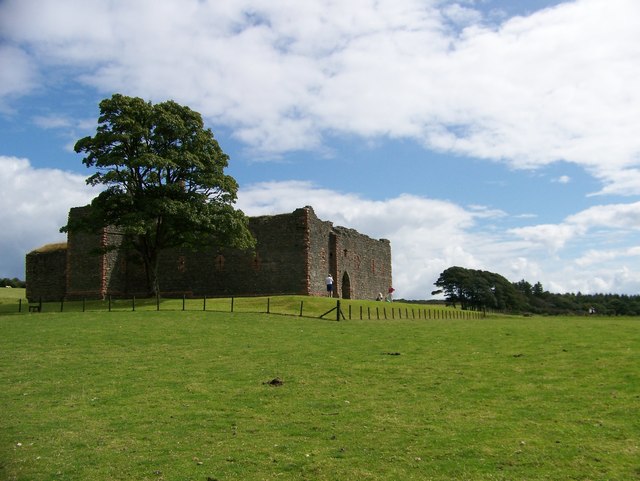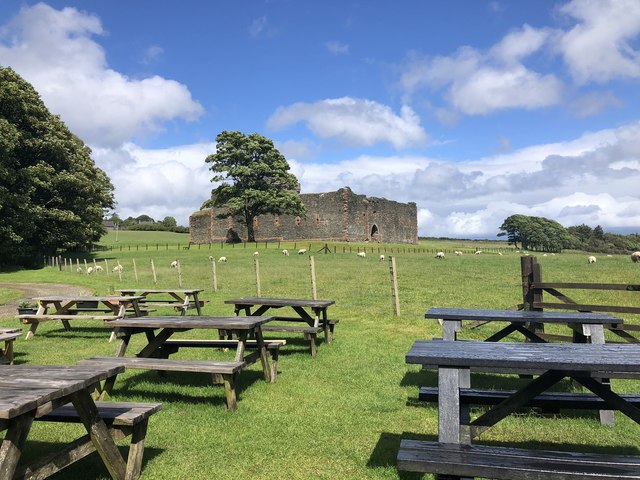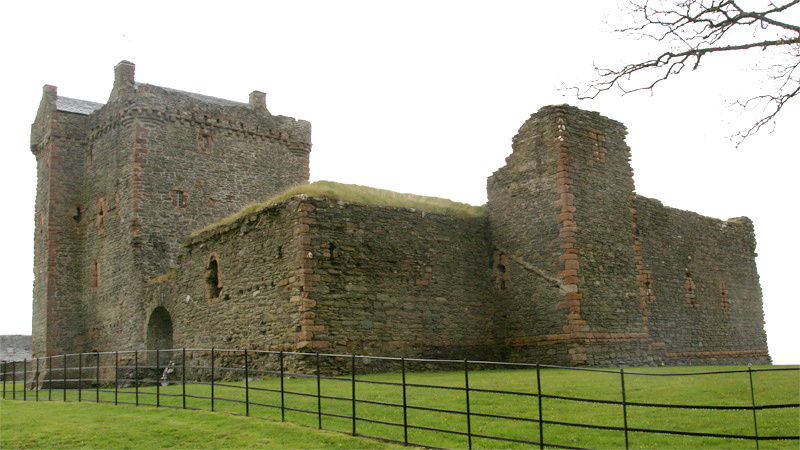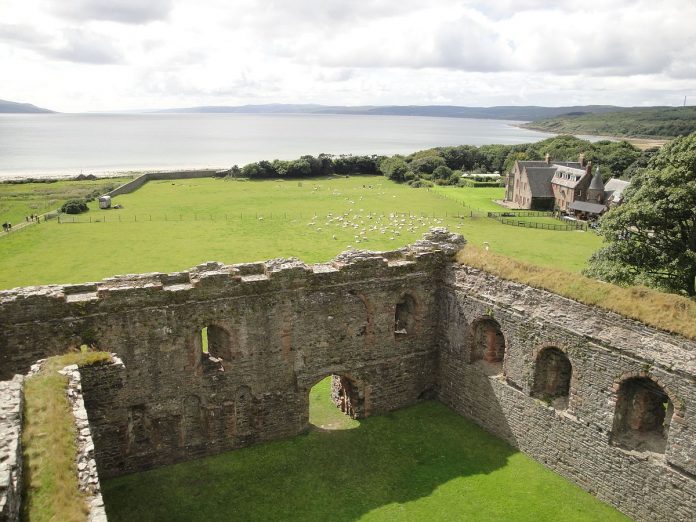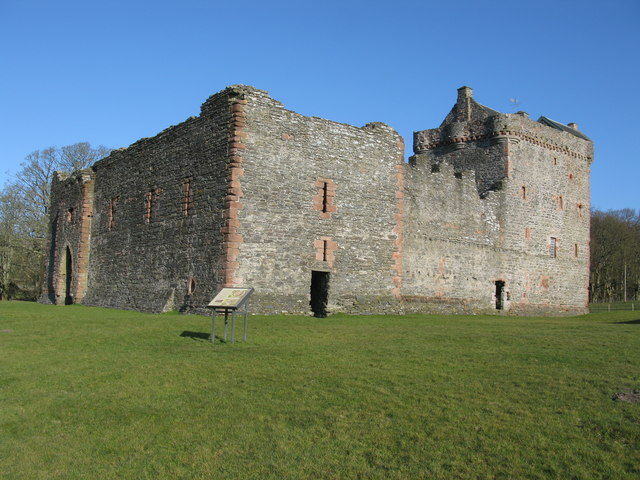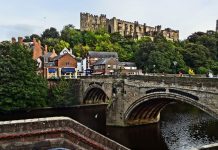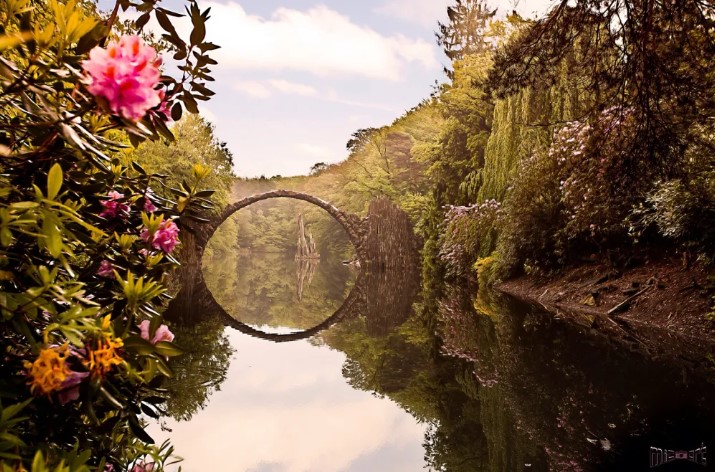Scotland’s Skipness Castle is located near the village of Skipness, on the east coast of the Kintyre peninsula. It is designated an ancient monument, along with the nearby Kilbrannan Chapel. The castle’s main structure was built by the Clan MacSween during the early 13th century.
With its history, stone arches, and a roomy tower with high ramparts, and a spiral staircase, the tower imagines our ancient feudal past in a magical way and inspires the imagination of young and old alike. As the oldest castle in Wales, Skipness Castle has survived for more than seven centuries in an amazingly intact state. Skipness Castle has gone through three phases of construction.
Fortifications and other elements were added to the castle throughout the 13th, 14th, and 16th centuries. Built by the MacSween family, Skipness Castle dates back to the early 1200s. Castles in Scotland underwent rapid architectural changes in the 1600s and 1200s. It is an excellent example of how architecture varied during this period.
First recorded in 1261, the castle was in the possession of Dugald MacSween and part of his lordship of Knapdale, by that time the hall-house and chapel had likely been built and the site enclosed. It was acquired in 1262 by Walter Stewart, Earl of Mentieth.
A royal army occupied the castle in 1494 when King James IV of Scotland suppressed the Isles. Argyll’s 2nd Earl of Argyll granted his younger son, Archibald Campbell, Skipness in 1511. Castles built in the Middle Ages typically have rubble walls and an enceinte (enclosure) that survive near their original height. The wall is supported by a plinth, and two towers can be seen on the west side of the wall (the latrine tower).
A large army under Alasdair Mac Colla besieged the castle in 1646 during the Wars of the Three Kingdoms. The castle was abandoned in the 17th century. Alasdair’s brother, Gilleasbuig Mac Colla, was killed during the siege in August 1646.
Skipness Castle is rumored to be inhabited by a Green Lady. Highland spirits are more like fairies than ghosts. Highland fairies adopt long green dresses and are thought to dislike dogs. Using her supernatural powers, she has successfully thwarted attacks on the castle and protected its occupants for centuries. The spiral staircase may just give you a glimpse of her if you’re lucky!
There is a great deal of potential for studying the architectural form and development sequence in the castle due to its excellent conjuring. The recent archaeological investigations and geophysical surveys, pockets of medieval occupation deposits have been found, as well as Christian burials and foundations and earthworks associated with the construction and development of the castle. A particularly well-preserved chapel can be found here.
The building remains in wall-head height throughout and is composed almost exclusively of architectural dressed stonework on the doors and windows. Since its formation, it has not undergone much change or disruption. There are probable surviving medieval and post-Reformation archaeological remains in the surrounding graveyard.
As one of the largest medieval fortresses along the western seaboard of Scotland, the monument and its chapel are of national significance. Our understanding of the past can be enhanced by monuments such as this one, which have a complex history. This includes construction techniques, defenses, and the domestic life of castles during the Middle Ages.
An excellent example of a medieval chapel, Kilbrannan Chapel is located in Kilbrannan. By association, it has a great deal of historic significance since it directly adjoins Skipness Castle and it is surrounded by a graveyard with a large collection of late medieval carved tombstones.
Skipness was the second home of the MacSweens. One of Scotland’s oldest stone castles, Castle Sween, was the chief seat of the Clan of Sween. The castle was built before 1200. Lochranza Castle was also built by the Clan of Sween. In order to protect MacSween’s interests, Skipness and Lochranza flanked the Kilbrannan Sound. By the mid-1970 the Oakes family had transferred ownership of the castle to the Department of the Environment, and today Historic Environment Scotland (formerly Historic Scotland) maintains it.
Several archaeological and historical artifacts, including pottery, coins, buckles and fastenings, and musket balls, have been found in the area around the castle. Therefore, these sites and places in Scotland are designated by Historic Environment Scotland. Listed buildings, gardens, designed landscapes, and historic battlefields have been designated as Scheduled monuments, listed buildings, gardens, and designed landscapes.
The MacDonalds built the Chapel of St Brendan (also called Kilbrannan Chapel) a short distance from the castle on its way toward the shore in place of the chapel of St Columba which was originally situated inside its walls. So whenever you go to Scotland, you should go to Skipness Castle to know the rich history of castles. Related Reading – Kildonan Castle Scotland
